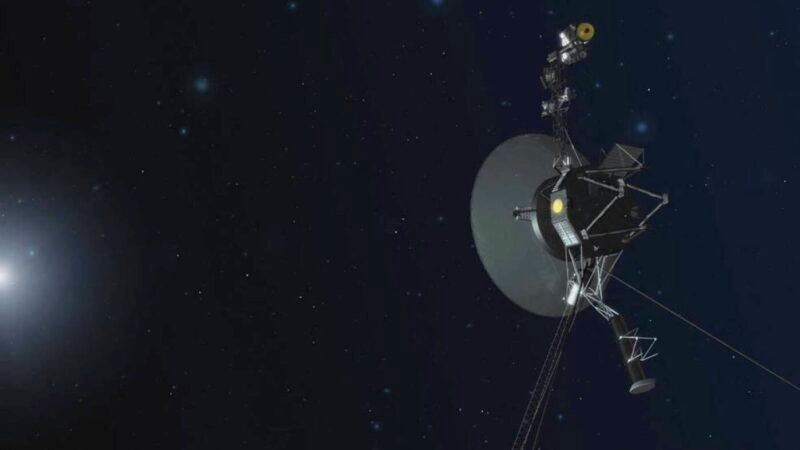Essential Insights
-
Critical Communication Decision: NASA faced a pivotal moment to upgrade a ground-based antenna, risking permanent loss of communication with Voyager 1 during its decades-long mission since its launch in 1977.
-
Thruster Concerns: Voyager 1’s backup thrusters, essential for antenna alignment, showed signs of failure, jeopardizing the spacecraft’s ability to maintain contact with Earth.
-
Successful Revitalization: On March 20, engineers successfully revived Voyager 1’s primary roll thrusters after being dormant for over 20 years, ensuring continued communication capabilities.
- Continued Exploration: Voyager missions provide invaluable data about the outer solar system and interstellar space, with potential operational longevity extending beyond their 50th anniversary in 2027.
NASA engineers recently faced a significant challenge with Voyager 1, the most distant spacecraft from Earth. Launched in 1977, Voyager 1 has been exploring the outer solar system for decades. Unfortunately, officials noted a problem with the spacecraft’s backup roll thrusters. These thrusters keep the antenna directed at Earth but showed signs of potential failure.
Initially, the team switched to backup thrusters in 2004 when the primary system failed. However, debris accumulation in the fuel line posed a new risk, threatening the backup system’s functionality. Engineers worried that even a slight misalignment of the antenna could cut communications, given the vast distance – a mere fraction of a degree could mean losing contact altogether.
As time ticked away, mission controllers considered turning the primary thrusters back on. They based this decision on old records and the belief that a possible electronics glitch had turned off the heaters in the system. However, they had to balance risk: trying to restart the primary thrusters could potentially lead to catastrophic failure.
On March 20, the team successfully tested the primary roll thruster without igniting it. This news provided a much-needed boost of optimism. The engineers now know the thrusters are in good shape, which extends Voyager 1’s operational life. This is particularly important as Deep Space Station 43 in Australia, the primary communication link, was set to undergo upgrades.
Both Voyager 1 and its twin, Voyager 2, face aging challenges. Yet, in light of these recent developments, the Voyager team remains hopeful about reaching their 50th anniversary in 2027. The rich data these spacecraft provide continues to enhance our understanding of outer space, particularly in studying solar activities and their interactions with the interstellar environment.
The success of Voyager 1 and 2 showcases technology’s resilience. Engineers have pushed the limits of what robotic exploration can achieve. Lessons learned from these missions contribute to ongoing technological advancements. Scientists remember that these probes not only offer remarkable data but also continue to teach us about the universe, enhancing our quality of life through knowledge.
Expand Your Tech Knowledge
Dive deeper into the world of Cryptocurrency and its impact on global finance.
Stay inspired by the vast knowledge available on Wikipedia.
SciV1

